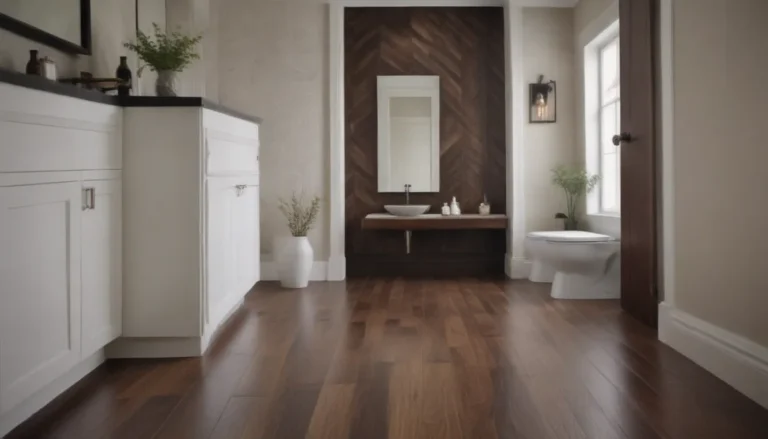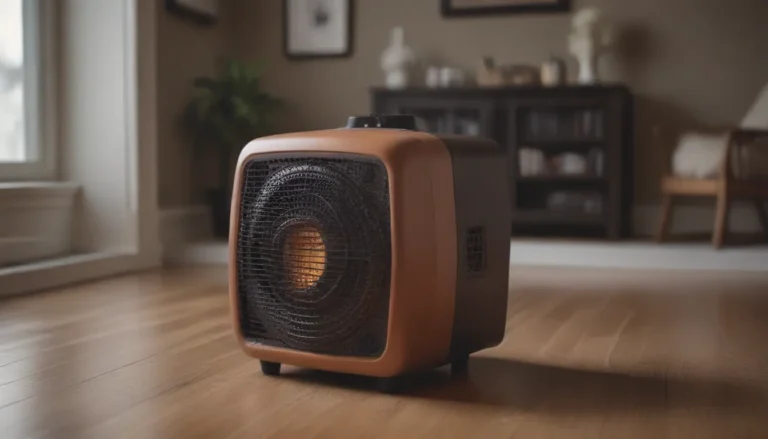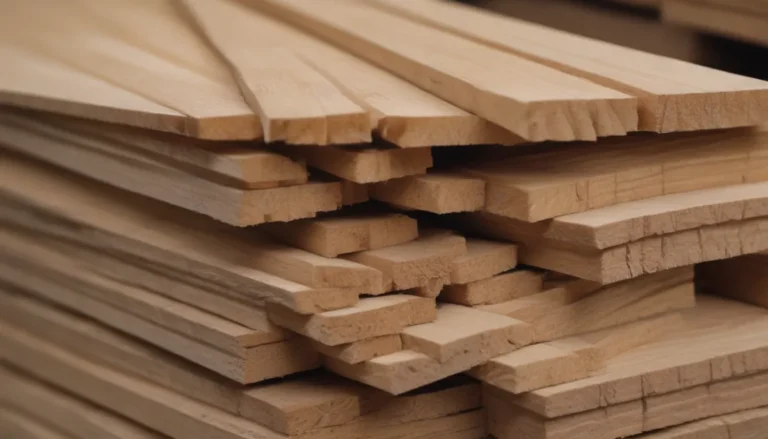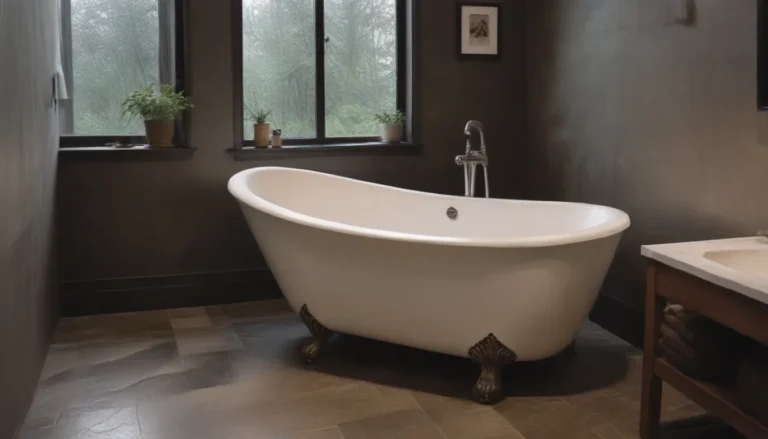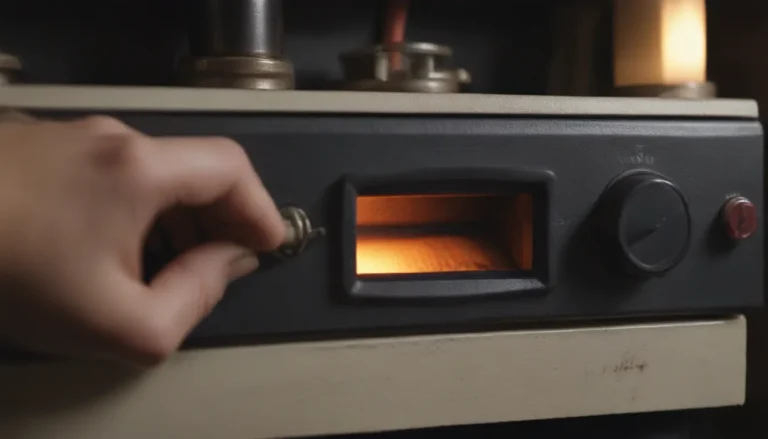Everything You Need to Know About German Schmear Brick Treatment
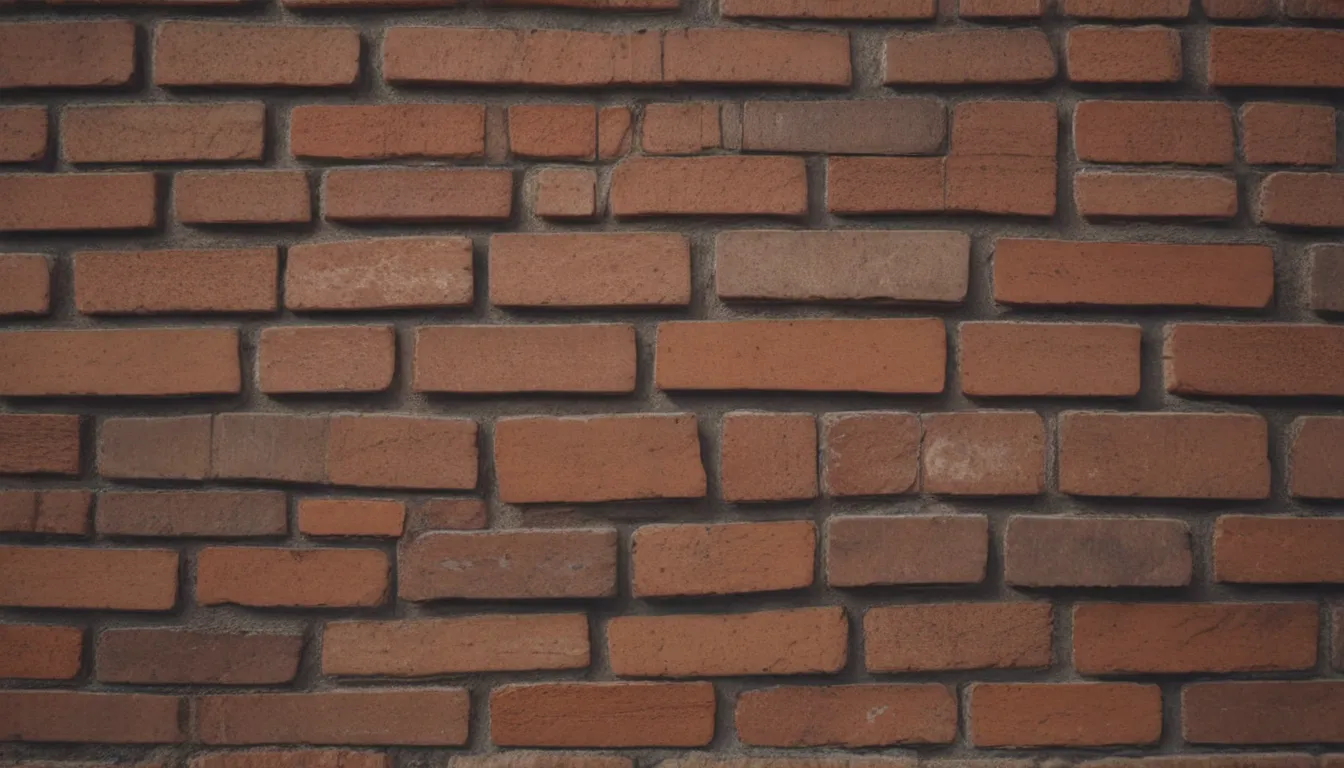
Are you looking to update the look of your home’s exterior or fireplace? German schmear might just be the solution you’ve been searching for. In this comprehensive guide, we will delve into the world of German schmear, discussing what it is, how it differs from whitewashing, when to use it, and how to apply it to achieve stunning results. Let’s get started!
What Is German Schmear?
German schmear is a brick treatment technique that involves using a mix of cement mortar and water to update the appearance of existing brick surfaces. The result is a textured, white tint on the brick, while still allowing hints of the original brick color to show through in places. This creates an aesthetic reminiscent of old cottage homes or traditional German castles.
The key to achieving the perfect German schmear finish lies in the application process. By partially covering the brick wall or fireplace, you can create a visually appealing contrast between the white mortar and the red, or any other color, brick. Experimenting with different mortar to water ratios can also affect the final appearance, allowing you to customize the look to suit your personal preferences.
German Schmear vs. Whitewashing
While German schmear uses a mortar mix to cover the brick, whitewashing employs diluted white paint to achieve a similar effect. The main difference lies in the thickness of the application – German schmear mortar is substantially thicker than whitewashing, allowing for intentional variation in the finish. This thickness also makes German schmear more durable and resistant to the elements.
On the other hand, whitewashing is a quicker and easier option for those looking to refresh their brick surfaces with minimal effort. However, the result may vary depending on the color of the brick and the consistency of the paint, potentially leading to a mauve or purple tint.
When to Use German Schmear
German schmear is an ideal solution for chipped or cracked brick surfaces as the mortar can cover up any imperfections. Additionally, it serves as a protective layer between the brick and the elements, improving the overall strength and durability of the wall. This makes German schmear perfect for creating a weathered or worn look reminiscent of old fairytale cottages and German castles.
However, it is important to note that German schmear may not adhere well to painted or polished brick surfaces. It is also not recommended for use on historic brick facades, as it may cause damage.
How to Use German Schmear on a Fireplace
Ready to tackle a DIY German schmear project on your fireplace? Follow these steps to achieve a beautifully updated look:
- Clean the brick: Remove any dirt, dust, or debris from the brick surface.
- Mix the German schmear mortar: Combine 70 percent mortar with 30 percent water to create the desired consistency.
- Wet the walls: Dampen the brick surface before applying the mortar to ensure better adhesion.
- Apply the mortar mix: Use a trowel or brush to spread the mortar onto the brick, leaving some areas exposed for a varied finish.
- Remove excess mortar: Once the mortar has dried slightly, use a sponge or cloth to clean off any excess for a more polished look.
While German schmear is relatively easy to apply, it can be time-consuming for larger projects. Experimenting with different mortar to water ratios can help achieve the desired texture and appearance. It is best to stick to using mortar instead of grout, as it is easier to work with and more cost-effective in the long run.
In conclusion, German schmear is a fantastic option for updating aging brick surfaces, adding texture and character to your home’s exterior or fireplace. By following these steps and tips, you can achieve a stunning German schmear finish that will impress your guests and neighbors alike. So why wait? Start your German schmear project today and transform your home into a work of art.
